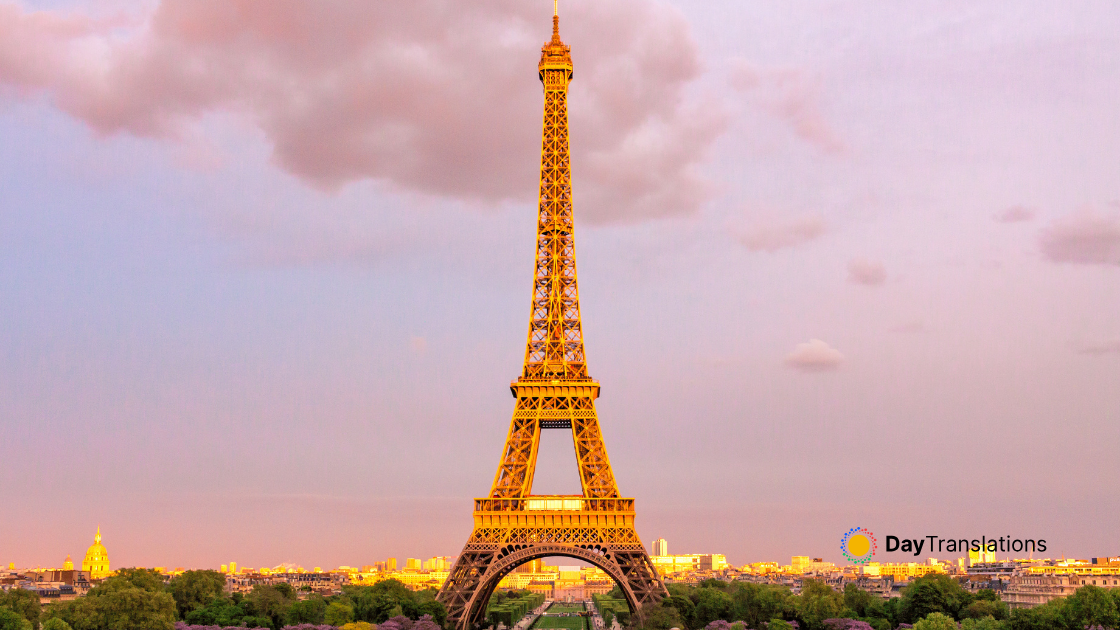Geography of Singapore: Important Geographical Information about Singapore
In this Country Profile
Singapore has an interesting shape. The main island is shaped like a diamond, nestled between Indonesia and Malaysia. Singapore is actually closer to Malaysia, with the country lying on the southern tip of the Malay Peninsula and is linked to Malaysia by a causeway and a bridge over the Strait of Johore. Singapore is only 137 kilometers north of the Equator, which greatly affects its weather conditions. Singapore comprises 63 islets with a total landmass of 646 square kilometers, with a main island where the capital, Singapore is located.
There are a few rounded hills located almost in the center of the main island. The highest hill is Bukit Timah which is 166 meters high. The lowest point in Singapore is the Strait of Singapore, which has the deepest waters and where the Port of Singapore is located. The island is generally flat and sandy along the east and the southeast while the west and southwest regions display low ridges. The northwest is made of sedimentary rocks. Most of Singapore is just about 15 meters above sea level. There are no significant lakes or rivers in Singapore but there are several water reservoirs and catchments that were constructed for fresh water storage. Numerous water systems flow into the sea via estuaries, swamps and mangroves.
Pulau Tekong is a military area but may soon be turned into a semi-residential area. Together with Sentosa and Pulau Ubin, these are the larger of the smaller islands of Singapore. Pedra Branca, located in the easternmost side of Singapore is its farthest island. The name Pedra Branca is Portuguese for white rock and was so named due to the white bird droppings on the island. In Malaysian, the name is Batuh Puteh.
Singapore continues to increase in size through land reclamation, from its hills, the sea beds around it and from countries that are its neighbors. It is projected that by 2033 Singapore will grow by another 100 square kilometers.
Climate
Singapore is just one degree north of the Equator and therefore has an equatorial climate or a tropical rainforest climate, which means there is no definite dry season as rain falls throughout the year. Singapore is typically wet and hot all months of the year, with great changes in temperature between day and night. All of Singapore has ample rainfall and experience high humidity, with an annual rainfall of about 92.1 inches. Average minimum temperature is around 73.4° F while the maximum hovers around 88° F. The month of May is slightly cooler than the hottest month, June when strong sunshine and light winds prevail.
There is also marked contrast in humidity. It can be as high as 90% in the morning and drop down to about 60% to 50% in the afternoon and evening. The western parts of Singapore receive more rainfall than the eastern parts, making this areas drier and hotter. Two monsoon seasons occur in Singapore. The northeast monsoon begins in December and lasts until the early part of March, with northeast winds blowing up to 20 kilometers per hour, and increasing in speed towards the start of the year. The southwest monsoon happens in the months of June up to September, bringing scattered late morning or early afternoon showers.
Singapore is protected by the Sumatra landmass so the island is safe from tsunamis. It is also far from geologic fault line and only suffers from slight tremors which are mostly felt by those living in high-rise building complexes.
Granite and gabbro are the igneous rocks found in Singapore particularly in the Bukit Timah, the Pulau Ubin and in Woodlands. Little Guilin also has gabbro. Sandstone and mudstones are the sedimentary rocks that can be found in the southwestern part of Singapore while metamorphic rocks, mostly made up of quartzite are on the northeastern side as well as on Pulau Tekong.
Urban Landscape
Singapore is heavily populated and highly urbanized. The whole island is almost covered by concrete and steel infrastructure. Due to the scarcity of land, urban planning to make effective use of whatever land is available in strictly practiced in Singapore. Housing estates were developed in areas that are less densely populated and less busy that the central business district. Light industries are located around the island and limited to tenant that produce less or no pollution. Heavy industries are distributed in the western side, on Jurong Island and in Jurong. Amid the tall skyscrapers, Singapore has created numerous nature parks and gardens all over the island.

Sorry, the comment form is closed at this time.